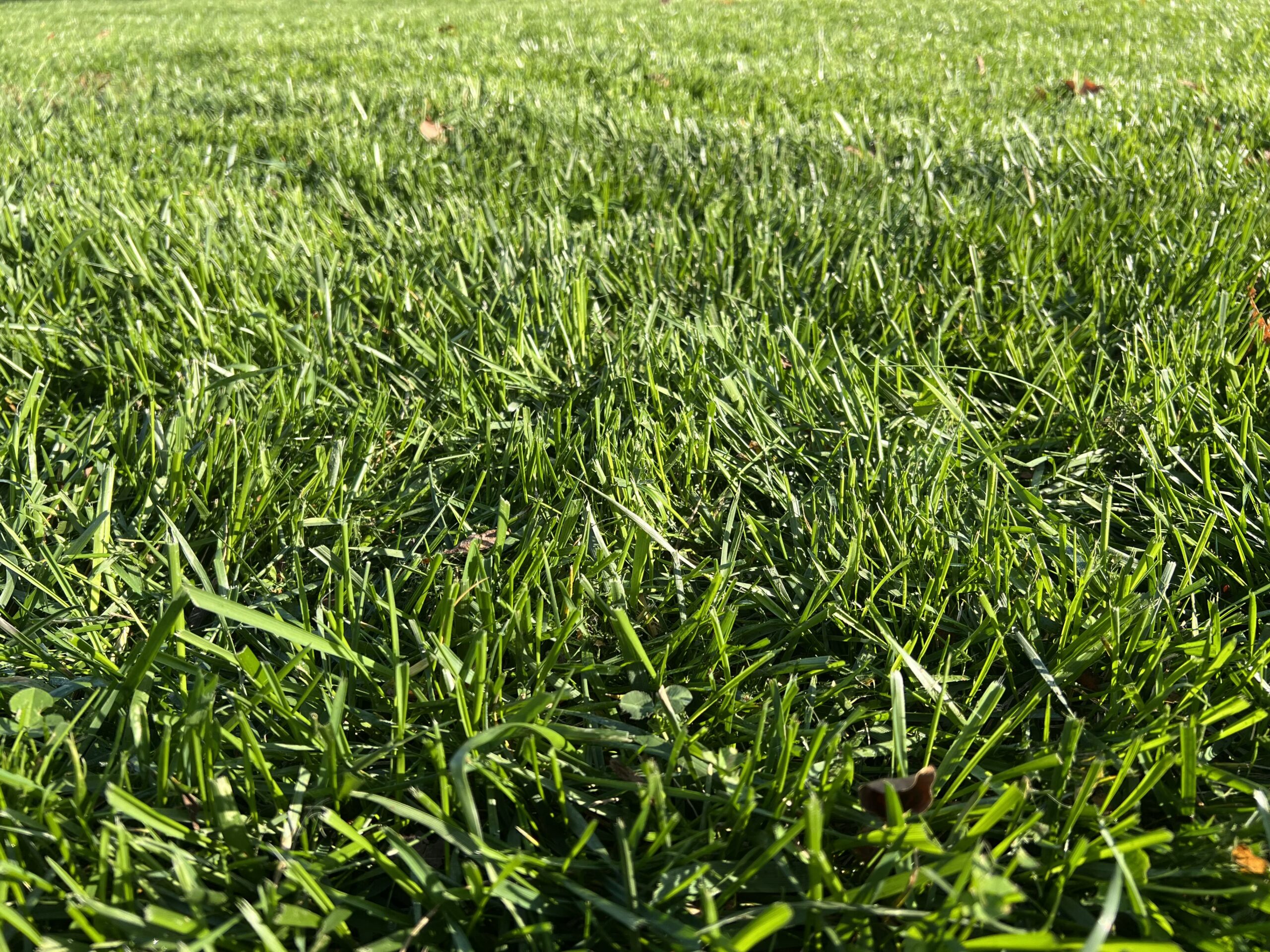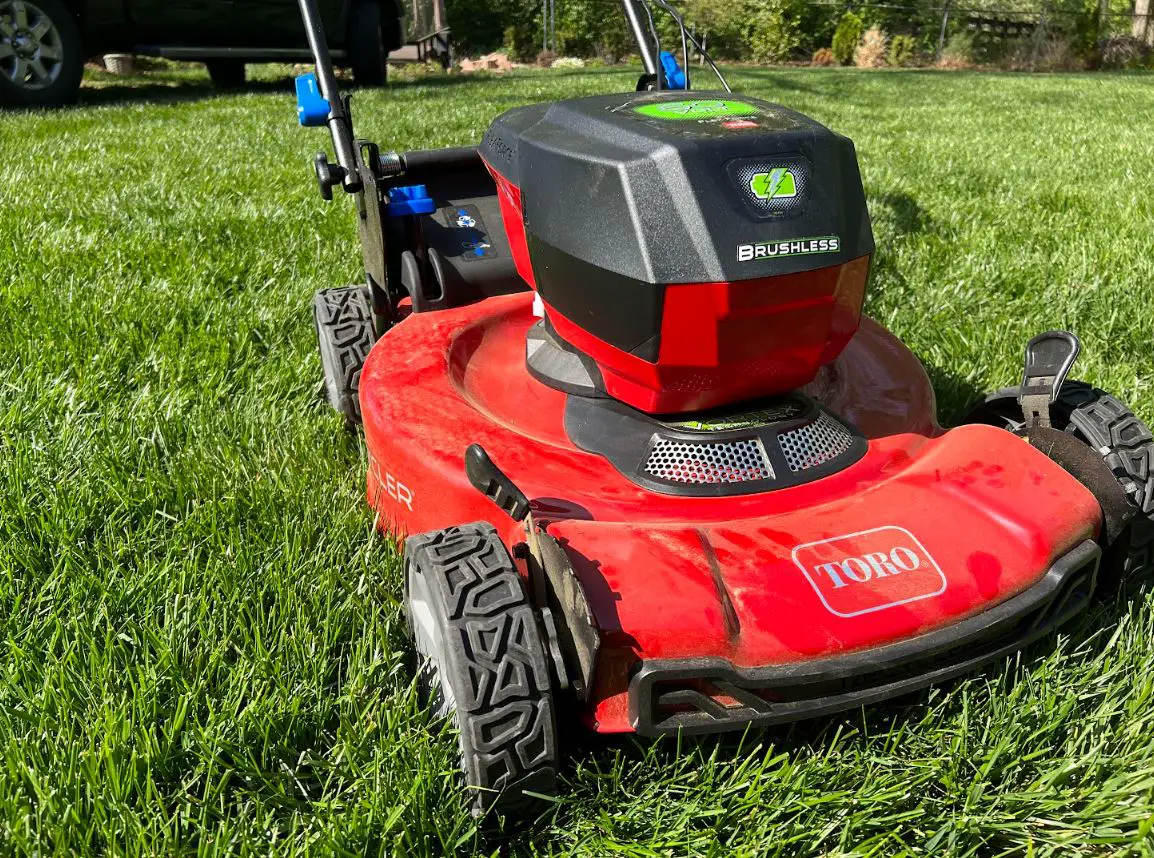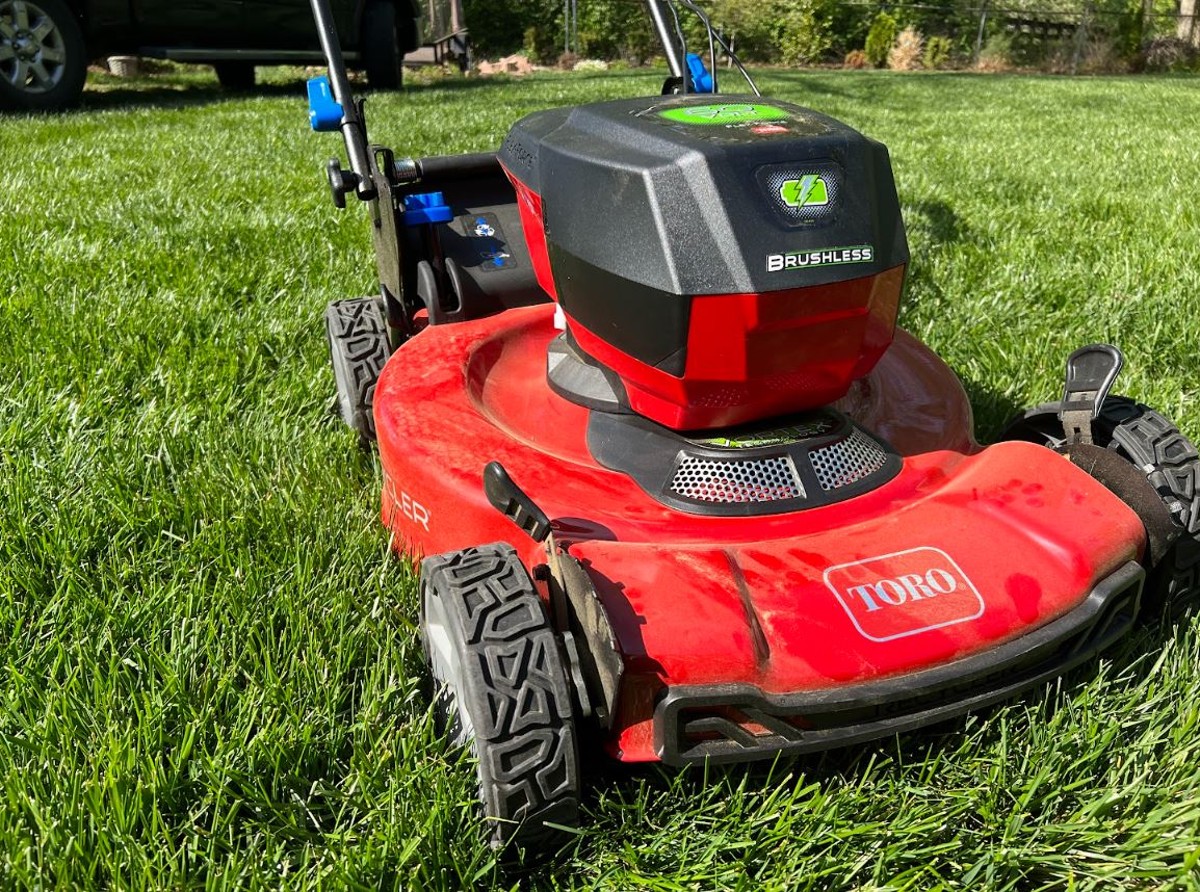The best weed eater string you can use is a .095″ string trimmer line that is designed to be highly visible, durable, and powerful. Fortunately, we went to the lab and created this perfect weed eater string.
Bottom line: Get the weed eater string that fits your weed eater. We created our own that fits most weed eaters and combines all the best features to be extremely strong and reliable. You can grab it on Amazon here.
There are a million options available on the market. Some won’t even fit your string trimmer. Some are expensive and absolute garbage (we’ve tried dozens). And we are on a quest to find the best string trimmer line ever made.
That’s right. We’re trying to find the weed eater string out there that can turn a wimpy battery-powered string trimmer into a commercially-powered beast.
So let’s jump in:
- Trimmer line sizes
- Color: it makes a difference
- Weed eater string shapes
- How to restring a trimmer
- FAQs
Weed Eater String Sizes Explained
When it comes to string trimmer lines, size is all about thickness of the string. Think back to geometry in high school and how things were measured using diameter, or the distance from one end to another. The true width of the weed eater string.
Us Americans use the correct way of measuring things and it is in inches. There are some who will measure weed eater string in millimeters and they are not to be trusted.
But here are the common weed eater string sizes and what they mean.
Let me explain what I mean further here:
.060 inch Weed Eater String
.060 inch weed eater string is great for smaller weed eaters. If you have a Black and Decker string trimmer or WORX weed eater that is relatively small, you can get away with using this string.
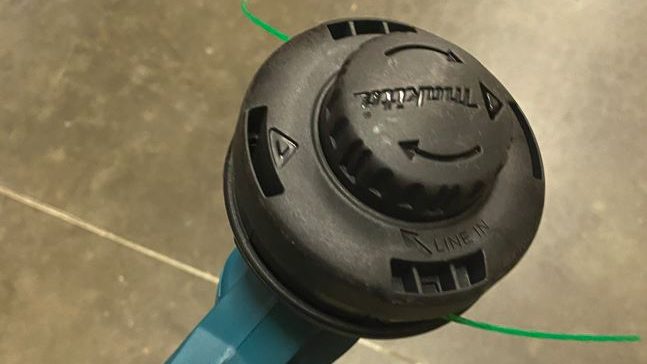
This is the smallest string trimmer line on the market and is also one of the most popular for normal homeowners. In my opinion, homeowners leave a lot on the table by just buying the “stock” weed eater string for their Ryobi, WORX or Black and Decker weed eaters.
.060 is really light and pretty cheap, but sacrifices durability and cutting power. More on that later.
Pros of .060 inch weed eater string:
- Relatively inexpensive
- Super lightweight, allowing your weed eater to reach maximum RPMs
- Fits most weed eaters
Cons of .060 inch weed eater string:
- Less durable
- Mostly only capable of being bought in “round” shapes, which are inferior to other designs
.080 inch Weed Eater String Size
.080 inch weed eater string is a great alternative to .060.
It has more thickness than .060 weed eater string but isn’t so thick that it slows you down. It adds more durability to each cut and is still extremely easy to load into basically ANY weed eater, even ones that normally take .060.
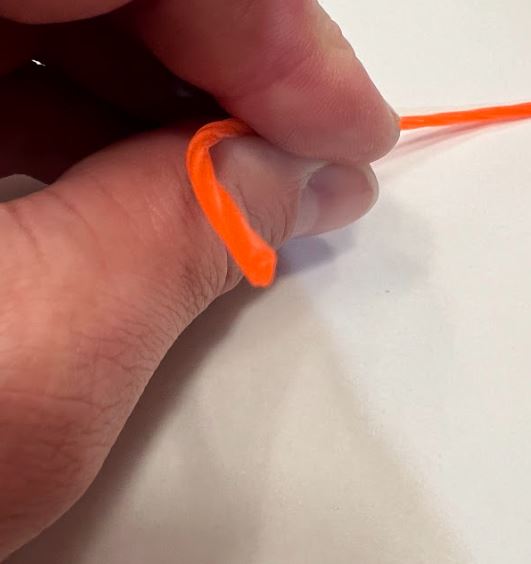
The added benefit of the .080 inch weed eater string is that there is more room to create patterns or different shapes in the string that allow for added cutting surfaces that absolutely melts grass.
Pros of .080 inch weed eater string:
- More durable than .060 inch
- Ability to add patterns
- Fits most weed eaters
Cons of .080 inch string trimmer line:
- May be too weak for bigger weed eaters
.095 inch Weed Eater String Size
If I were to apply the scientific “Goldilocks” method, I would say that .095 inch string trimmer is just right. Here’s why.
Once you start using a .095 inch weed eater string, there’s a noticeable difference. I put it in my Ryobi Expand-It (cheap) weed eater and it freaking rocked.
For starters, the .095 inch weed eater string is heavier. In some tests we ran with an EGO string trimmer, it absolutely dominated the grass. It was truly the Mike Tyson of weed eater string.
This weed eater string is when you’ll start to notice more tension when winding it. This makes it a little tougher to load, but adds a ridiculous amount of cutting power.
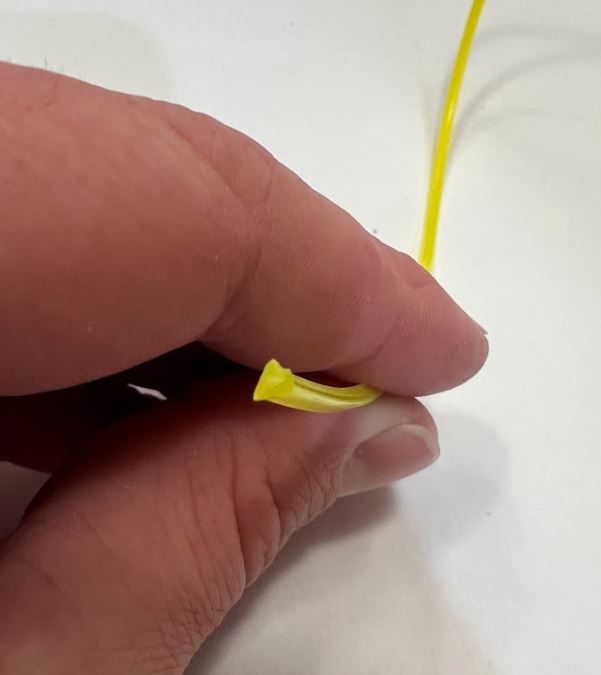
We think .095 weed eater string is the best thickness of all the weed eater string we’ve tested – which is a LOT.
Most weed eaters that take .095 inch weed eater string make it so that you can’t tell. For example if you are using an ECHO SRM 225 or comparable battery-powered weed eaters, this thing will load like a breeze.
Pros of .095 inch trimmer line:
- Much more durable
- Much more weight behind it
- Able to have crazy patterns due to so much room
Cons of .095 inch trimmer line
- May not fit into tiny weed eaters
.0105 inch and above Weed Eater String
.0105 inch and above string trimmer is really going to be commercial applications. Think dudes that are doing commercial landscaping jobs around schools, libraries and office buildings. They’re also used in walk behind string trimmers that have great use as pseudo-lawn mowers for dense brush or wild land.
This stuff is not going to be great for the average homeowner or even most residential landscapers and is far less common. But it still has its place as an absolute beast in all types of trimming for big, professional jobs.
Pros:
- Thicker than a bowl of oatmeal
- Hearty, durable
- Able to be used on dense brush for a long time
Cons:
- Heavier
- More expensive
- Not suitable for the average homeowner
Know your Weed Eater String Colors
Many people think weed eater string colors correlate to thickness or patterns or something else. That’s not true – there is no correlation between color and thickness across all the different providers of string trimmer line.
The truth of colors when it comes to string trimmer line is simply preference. But there are important things to note with color.
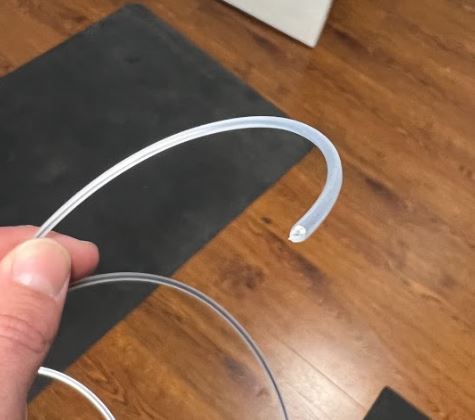
Most notably, the color of the weed eater string is there to help you visualize the string better. There are dozens of different colored strings out there, but what you’re really looking for is how the string looks when it’s spinning a few thousand rotations per minute.
We have tested just about every color and our favorite was surprisingly bright green, followed by orange.
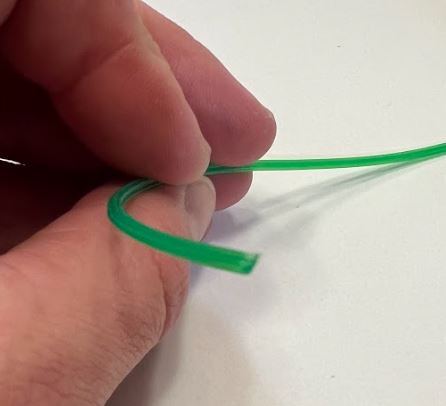
Bright green and orange gave the best contrast to the grass when cutting it. Visibility is really important when using a weed eater, especially around delicate surfaces like a shed, a deck, or even prized flowers and plants. You can accidentally seriously damage many things around your yard if you don’t know exactly where you are cutting.
We were least impressed by the red, black, gray, and clear string trimmer lines. They simply disappeared or were hard to see when up and spinning.
Weed Eater String Shapes make a difference
You may notice if you’ve spent any time shopping for string trimmer line that it comes in a bunch of different shapes. This isn’t just a marketing gimmick (okay it seems like some of it is), but has some serious utility. Let me break down what we have seen and tested over the past few weeks.
The different shapes
These things look like you walked into the space bar in Star Wars. Creatures from every end of the earth. Some of the most common weed eater string shapes are:
- Round
- Square
- Cross-shaped
- Braided
- Hexagonal
- Twisted
We learned a lot when we tested all of these suckers. I’m going to group these into round, pointed, and braided / twisted.
Round weed eater string
Round weed eater string is probably the most common. It is the “stock” weed eater string because it is super easy to manufacture, isn’t complex, and is easy to wind and fit into every string trimmer.
We expected this one to be the worst in our tests for all the above reasons. It surprised us.
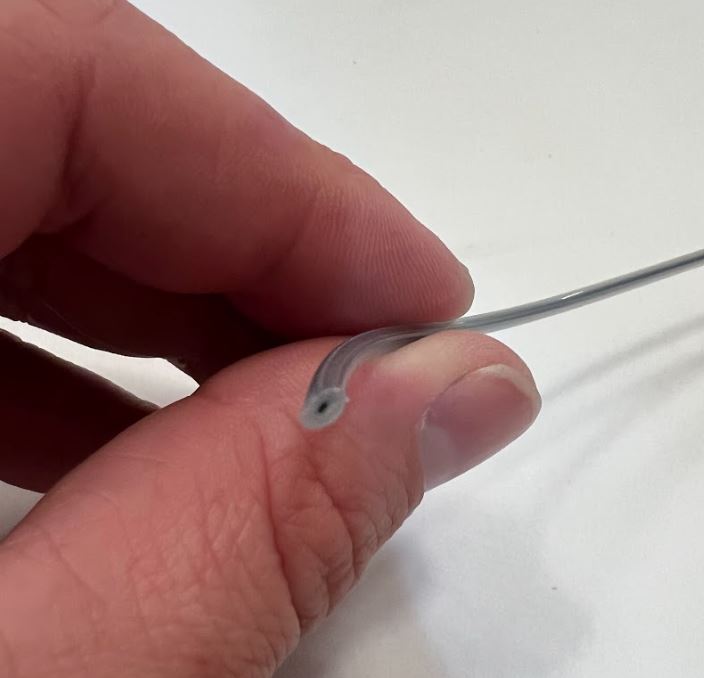
It still wasn’t the best, but it was much more durable than we expected. You would think it would be the easiest to break because it isn’t as “hardcore” as the pointed and patterned ones, but it was pretty structurally sound.
Round weed eater string had average performance when it came to cutting performance. Nothing special, but not poor by any stretch.
Pointed weed eater string
For weed eater string that had several sides, like a square or hexagon, we actually found the string to be more brittle. We did not expect this. It definitely has more razor-like qualities that help cut grass more, but it also exposes much more structural breakdown opportunities when compared to round weed eater string.
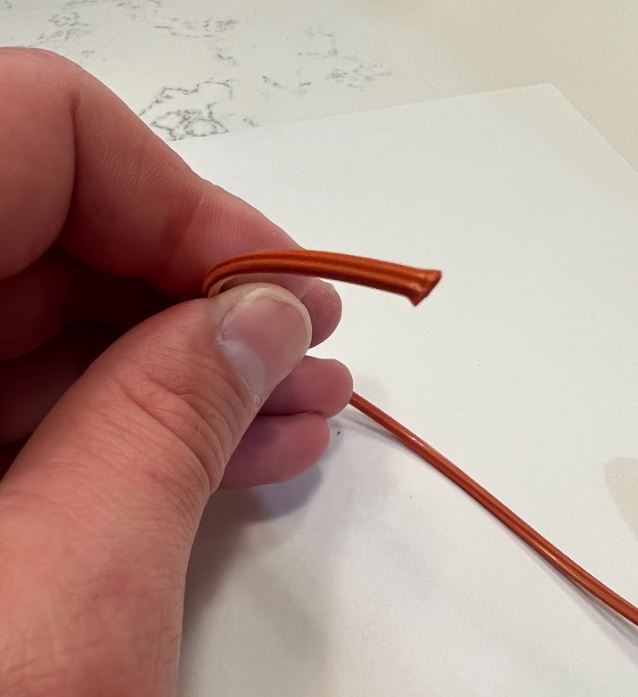
There was one in particular that was star-shaped that we tried and it truly seemed to break down every 10 seconds or so.
The best weed eater string shape we found was a triangular shape. It had fewer points, but still had the razor-like quality that shredded grass. We found it to have the most structural integrity while providing the best cutting power.
Braided and twisted weed eater string
The cool things about braided and twisted weed eater string is that it has a meaningful impact on the sound of the string trimmer. It is much quieter spinning, which is great. But in reality, the spinning string is not really the loudest part of most weed eaters – it’s the motor.
So while the braided and twisted lines are quieter, they still hardly make a dent on the overall noise level of the weed eater.
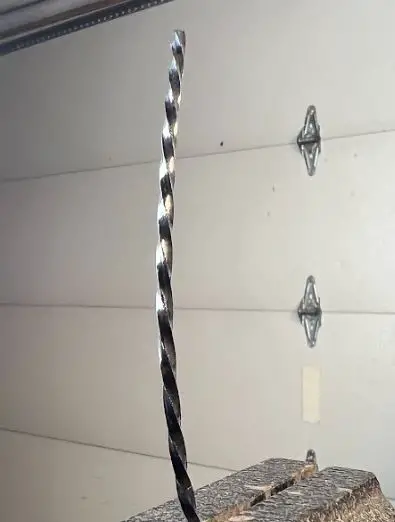
Spiral and braided string trimmer also have more durability than non-twisted pointed weed eater string. Obviously they don’t make a twisted, round weed eater string (it would just be round) so it really just applies to patterned ones.
Overall these are more durable but only apply to less durable string trimmer lines with patterns. So they are good benefits in the end but also come at an extra cost. I’ve also found the twisted ones have more built-in torque, making them harder to load into your weed eater.
How to replace weed eater string
Here are the steps to replace weed eater string on most weed eaters:
- Cut about 10 feet of weed eater string from the spool
- Align the arrows on the head of the weed eater with the arrows on the twisty knob
- You should be able to see light from one side of the string to the other
- Insert string into one end and pull through to the other side
- Keep pulling until the string is about 5 feet on each side
- Twist the knob clockwise and spin until there are about 6 inches of string on each side
- If one side is longer than the other, simply cut it down to match the shorter side
We’ve included a super short YouTube short we made below:
Common questions about weed eater string we get
Yep, over the years we have compiled dozens of questions about weed eater string that we get over and over. Let’s get started:
Can I use a thicker trimmer line?
To a point, yes. For most residential weed eaters, you can use up to .095 before things start to get hairy. Many gas trimmers can go higher, up to .105 or .110 but not much higher than that.
How do I know what size weed eater string to use?
Conventional wisdom says that for most residential weed eaters, .095 or .080 are the most common sizes that fit your weed eater and maximize performance.
What size weed eater string is best for Stihl weed eaters?
We have had luck using a .095 weed eater string for Stihl’s weed eater lineup. It fits their gas powered weed eaters like the Stihl FS 56 RC and should fit most of their battery-powered ones as well.
What size weed eater string is best for ECHO weed eaters?
Echo weed eaters like the SRM 225 can handle .095 or .105 thickness to get the job done.
What size weed eater string is best for Ryobi weed eaters?
There’s a huge variety of weed eaters offered by Ryobi, but my Ryobi weed eater absolutely crushes with .095 weed eater string. It came with .060 but I upgraded and it took it from a dinky tool to a freaking machine.
What’s the best weed eater string for Husqvarna weed eaters?
If you have a gas-powered Husqvarna weed eater like the Husqvarna 128LD, you’ll be safe with a .095 weed eater string.
Why we started this site
We started The Lawn Review out of frustration. We couldn’t find clarity around what type of products were actually good and reliable. All the fertilizers we tried didn’t work. We ended up with a dying lawn, wasted time, and wasted money.
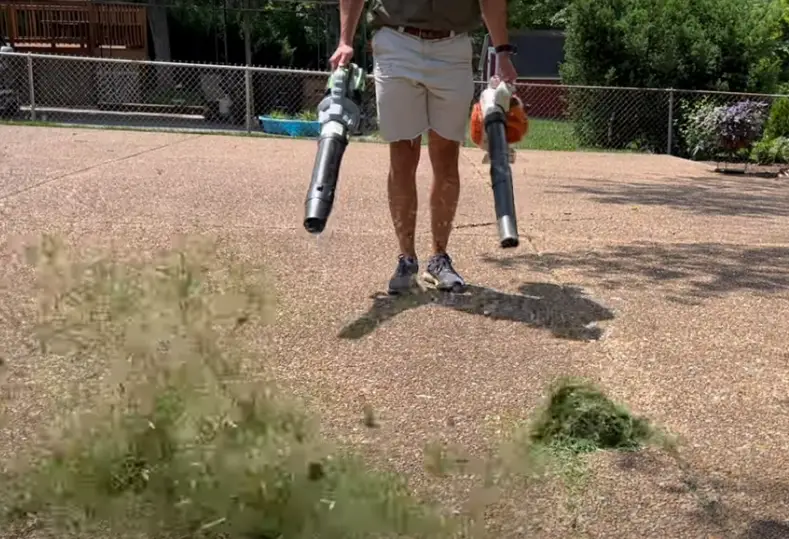
So we started buying and reviewing lawn tools and figuring out which ones were the best. And now we’ve moved onto actually keeping that lawn looking nice all year around.
We’ve spent thousands of hours building this content for people just like you and me – normal people.

